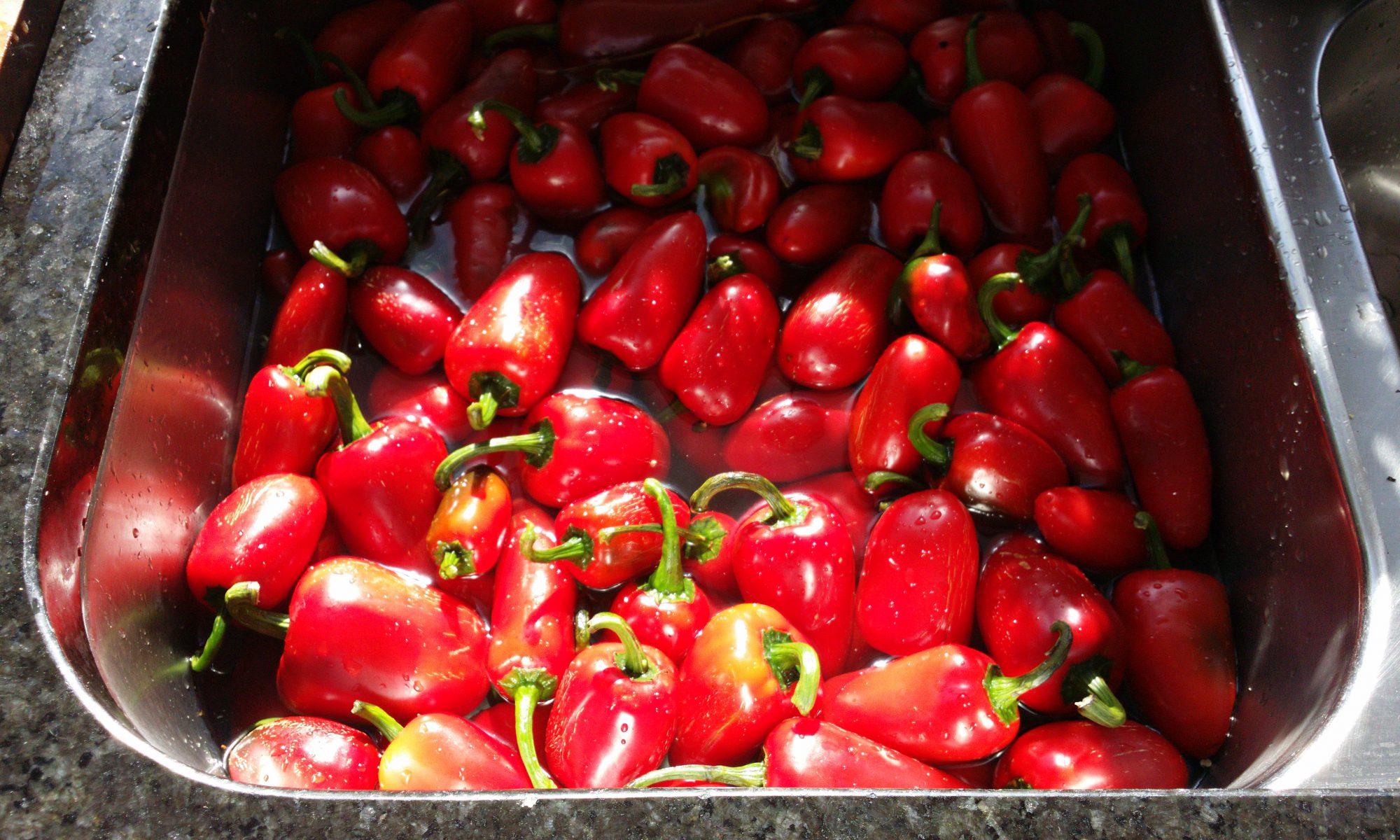Since April 1999, before the term “citizen science” was coined, I have been contributing my spare computer power to a citizen science project called SETI@Home. The idea with these sorts of projects is to install software that runs in the background, which downloads units of data from the project’s servers, and performs complex analysis on the data when otherwise idle. Over time this helps scientists who don’t have a lot of funding (but who are also not in a big hurry), since if enough people help out they don’t have to pay for supercomputer time. In the 1990s when SETI@Home was started, supercomputer time was very expensive, but everyone left their computers on all day running flying toasters and suchlike on the screens. Looking back, it seems people cared less about their power bills.
Thus, SETI@Home began as a screensaver. It analysed radio astronomy data collected by a group of researchers at UC Berkeley interested in SETI (the “Search for Extra Terrestrial Intelligence”). It looked for unusual signal peaks, or other forms of potential interstellar communication, amongst the background noise of radio astronomy data, gathered mostly from the enormous Arecibo Telescope in Puerto Rico.
In more recent years, the software was rewritten as a module for a more generic application called BOINC, the Berkeley Open Infrastructure for Network Computing. Installing BOINC enables users to contribute their spare computing power to many different research efforts, by downloading separate modules for things like solving protein structures, sifting molecules for cancer therapies, searching star field databases for undiscovered asteroids, or modelling the climate.

By “contributing” I mean that I have pretty much continuously left my home PC on 24 hours a day, 7 days a week, for just over 21 years. For some of that time I was even leaving my work computers on too, since at first that was pretty common practice among SETI users. In the late 1990s, Weta Digital left their supercomputers crunching SETI units when not rendering special effects, and they racked up a massive early lead that took other SETI users many years to catch up on.
In 21 years (as of May 2020) I have contributed just over 33 million BOINC credit units, which puts me in the top 99.9% of just over 1.8 million SETI@Home users, and second in the “New Zealand” team of 357 users. The only interruptions in that time were power cuts, hardware upgrades, several replacements of PC, reinstalls of the operating system, or emigrating to the UK and back. When later revisions of the SETI@Home software enabled it to use the graphics processor as well as the CPU, it massively increased the computing power available. Since my home PCs have always been gaming machines, and a GPU at full tilt will dump well over 100W of extra heat into a PC case, I had to start using process throttling to manage the temperature budget, especially in summer.
Despite this, processing SETI@Home units quickly became an end in itself, a little mini-game to accumulate as many otherwise meaningless “internet points” as possible. I have not tried to figure out how much electricity all this computation equates to, and nor do I particularly want to!
A shout out to ASUS, whose NVidia GeForce 8800GT graphics card purchased in 2008 faithfully crunched SETI units 24/7 for nine years (I upgraded to an EVGA NVidia GeForce GTX 970 in 2016). It still works, given an AGP slot to put it in, so that’s some impressively reliable hardware right there, although admittedly I fitted it with excellent silent heatpipe cooling from QuietPC in Christchurch, because the stock fan did make a bit of a racket at night while I was trying to sleep. Yes, 11 years ago I was a bachelor with the gaming PC in the bedroom. Yay, stereotypes!
Anyway, SETI@Home announced this month that they are going into hibernation. They have gathered more data than they need, and have stopped disseminating units for processing. This marks the end of an era, but at least I get a shiny certificate.

Now I can turn my PC off. Or perhaps I can carry on crunching for Science United.
Update, May 2021: I can’t help wondering how many yachts I could own by now if I’d mined cryptocurrencies instead…


You must be logged in to post a comment.